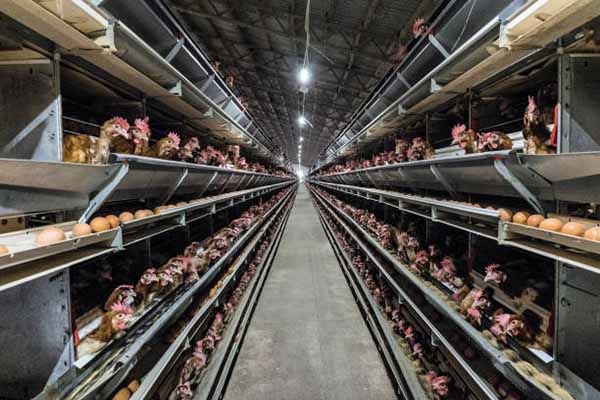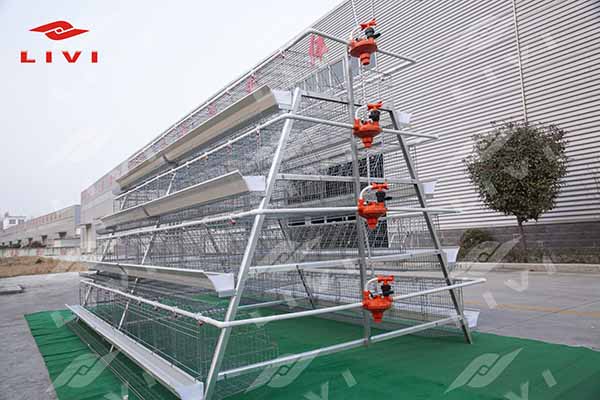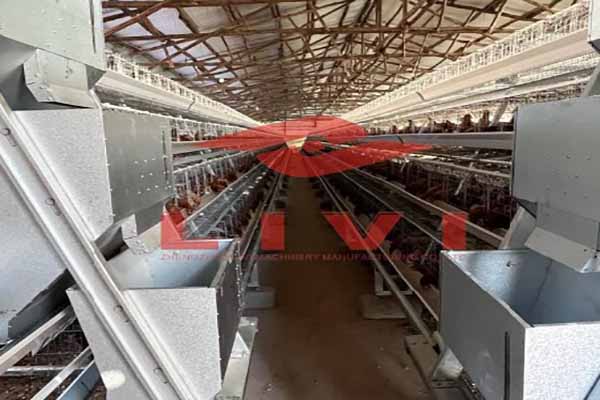Automated Egg Packaging Equipment for Uganda Chicken Farms: A Comprehensive Guide
Time : 2025-07-03
Uganda, known for its vibrant agricultural sector, has seen a significant growth in the poultry industry, particularly in chicken farming. As the demand for eggs continues to rise, the need for efficient and automated egg packaging equipment has become paramount. This article delves into the importance of automated egg packaging equipment for Uganda chicken farms, highlighting the benefits, key features, and considerations for implementing such systems.
The Importance of Automated Egg Packaging Equipment
Manual egg packaging is time-consuming and prone to errors, which can lead to increased costs and reduced product quality. Automated egg packaging equipment addresses these issues by streamlining the process, ensuring consistency, and improving overall efficiency. For Uganda chicken farms, investing in such technology can have several benefits:
- Cost Reduction: Automated systems can significantly cut down on labor costs and reduce waste, leading to a more cost-effective operation.
- Improved Product Quality: Consistent packaging ensures that eggs are handled with care, reducing the risk of damage and contamination.
- Increased Production Capacity: Automation allows for higher throughput, enabling farms to meet growing demand without overburdening their workforce.
- Better Branding Opportunities: High-quality packaging enhances the farm’s brand image and can lead to premium pricing for their eggs.
Key Features of Automated Egg Packaging Equipment
When selecting automated egg packaging equipment for Uganda chicken farms, it’s essential to consider the following features:
1. Egg Handling Mechanisms
Effective egg handling is crucial to prevent damage. Look for equipment with gentle handling systems, such as soft-grip conveyors or vacuum lifters, to ensure eggs are moved safely throughout the packaging process.
2. Egg Sorting and Grading
Automated sorting and grading systems can help ensure that eggs are packaged according to size, weight, and quality. This not only improves product consistency but also allows for easy differentiation between different grades of eggs.

3. Packaging Materials
Choose equipment that supports a variety of packaging materials, such as cartons, trays, or bulk packaging. The ability to use different materials can cater to diverse market demands and branding strategies.
4. Coding and Labeling
Automated coding and labeling systems can help track egg batches, expirati on dates, and other relevant information. This is not only beneficial for quality control but also for regulatory compliance.
on dates, and other relevant information. This is not only beneficial for quality control but also for regulatory compliance.
5. Integration and Scalability
Equipment that can be easily integrated with existing systems and scalable to accommodate future growth is essential for long-term success.

Implementing Automated Egg Packaging Equipment in Uganda Chicken Farms
Implementing automated egg packaging equipment in Uganda chicken farms requires careful planning and consideration of several factors:
1. Initial Investment
The cost of purchasing and installing automated egg packaging equipment can be significant. However, the long-term benefits, such as cost savings and increased productivity, often outweigh the initial investment.
2. Training Staff
Proper training of staff is crucial for the successful operation of automated systems. Ensure that your team is well-trained in the use and maintenance of the equipment.
3. Space and Layout
Consider the space required for the equipment and its placement within the farm. Ensure that the layout allows for smooth workflow and easy access for maintenance.
4. Energy Efficiency
Choose energy-efficient equipment to reduce operational costs and minimize the farm’s environmental impact.
5. Maintenance and Support
Regular maintenance and access to technical support are vital for the longevity and performance of the equipment.
Conclusion
Automated egg packaging equipment is a game-changer for Uganda chicken farms, offering numerous benefits in terms of efficiency, quality, and cost-effectiveness. By carefully selecting the right equipment and planning for implementation, farms can position themselves to meet the growing demand for eggs while maintaining high standards of production.











